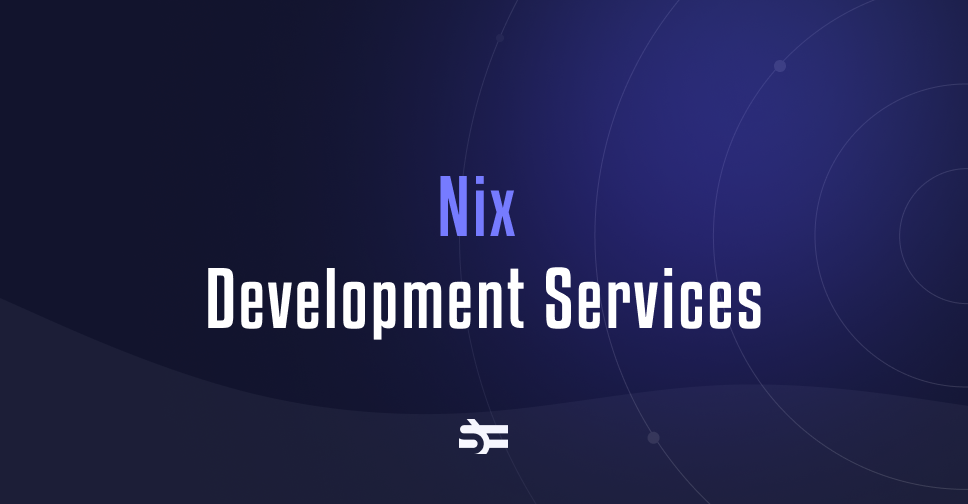Nix
Nix is a declarative package manager that enables users to declare the desired system state in configuration files(declarative configuration), and it takes responsibility for achieving that state.
Prerequisites
- curl Supported Platform:
- Linux (i686, x86_64, aarch64).
- macOS (x86_64, aarch64).
Installation
Multi Users
This option requires either:
- Linux running systemd, with SELinux disabled
- MacOS
1
2
3
| bash <(curl -L https://nixos.org/nix/install) --daemon
mkdir /nix
chown $USER /nix
|
Single User
Single-user is not supported on Mac.
1
| bash <(curl -L https://nixos.org/nix/install) --no-daemon
|
Verify installation:
Using Nix with Docker
1
| docker run -ti nixos/nix
|
Install Global Packages
1
| nix-env -i --attr nixpkgs.nodejs
|
1
2
3
4
5
| node -v
v18.17.1
which node
/root/.nix-profile/bin/node
|
Uninstall Global Packages
1
2
| nix-env --uninstall nodejs
uninstalling 'nodejs-18.17.1'
|
Update the channels
1
2
| nix-channel --update nixpkgs
nix-env --upgrade '*'
|
Rollback
Delete unused packages
We should run it periodically.
1
| nix-collect-garbage --delete-old
|
Nix Shell(Without install)
You can use Nix packages without installing them globally on your machine. This is a good way to bring in the tools you need for individual projects.
1
2
3
4
| nix-shell -p powershell
[nix-shell:~]# pwsh
PowerShell 7.3.4
PS /root>
|
Set up a development environment
Let’s build a Python web application using the Flask web framework as an exercise.
For our Flask web application, create a new file called myapp.py and add the following code:
1
2
3
4
5
6
7
8
9
10
11
12
13
14
15
16
17
| #! /usr/bin/env python
from flask import Flask
app = Flask(__name__)
@app.route("/")
def hello():
return {
"message": "Hello, Nix!"
}
def run():
app.run(host="0.0.0.0", port=5000)
if __name__ == "__main__":
run()
|
This is a simple Flask application which serves a JSON document with the message “Hello, Nix!”.
To declare the development environment, create a new file shell.nix:
1
2
3
4
5
6
7
8
9
10
11
12
13
| { pkgs ? import (fetchTarball "https://github.com/NixOS/nixpkgs/archive/eabc38219184cc3e04a974fe31857d8e0eac098d.tar.gz") {} }:
pkgs.mkShell {
packages = [
(pkgs.python3.withPackages (ps: [
ps.flask
]))
pkgs.curl
pkgs.jq
];
}
|
We can now use nix-shell to launch the shell environment we just declared:
1
2
| nix-shell
python ./myapp.py
|
Launch a new terminal to start another session:
1
2
| nix-shell
curl 127.0.0.1:5000 | jq '.message'
|
Uninstallation
Single User
Multi Users
1
2
3
4
5
| sudo systemctl stop nix-daemon.service
sudo systemctl disable nix-daemon.socket nix-daemon.service
sudo systemctl daemon-reload
sudo rm -rf /etc/nix /etc/profile.d/nix.sh /etc/tmpfiles.d/nix-daemon.conf /nix ~root/.nix-channels ~root/.nix-defexpr ~root/.nix-profile
|
Remove build users and their group:
1
2
3
4
| for i in $(seq 1 32); do
sudo userdel nixbld$i
done
sudo groupdel nixbld
|
MacOS
https://nixos.org/manual/nix/stable/installation/uninstall#macos
